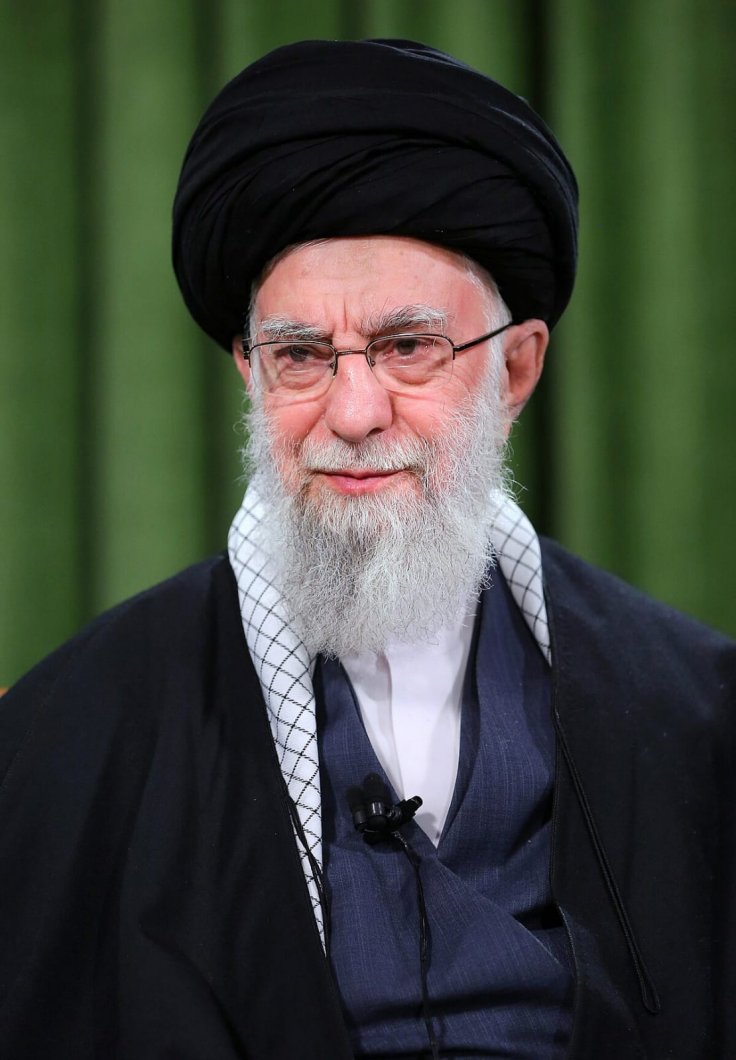Iran has activated advanced radar systems across strategic regions, signaling heightened military preparedness amid rising tensions with the United States. The move coincides with a controversial call for violence by Iran's state-aligned newspaper Kayhan, which suggested former U.S. President Donald Trump should be targeted in revenge for the killing of Iranian General Qasem Soleimani.

Open-source intelligence analysts have observed significant expansion of Iran's Ghadir radar network. These systems, designed to detect aircraft, missiles, and drones from long distances, have been newly deployed in locations ranging from Tabriz in the northwest to coastal areas along the Persian Gulf. Military experts consider these upgrades as a sign that Iran is bracing for a potential military confrontation.
Reports from Reuters indicate that Supreme Leader Ayatollah Ali Khamenei has placed Iran's armed forces on high alert. This directive comes amid threats from Trump, who recently warned that failure to reach a nuclear agreement would result in bombing campaigns against Iran. He also suggested that economic tariffs, similar to those imposed during his previous term, could be reinstated.
In response, Iran has issued warnings to neighboring Gulf countries. Officials in Tehran cautioned Iraq, Kuwait, Qatar, Bahrain, and the United Arab Emirates against allowing the U.S. to use their airspace or territory for military operations. "Such an act will have severe consequences for them," an Iranian source warned.
Amid the military escalation, diplomatic channels remain open, though limited. Iran has rejected direct negotiations with the United States but has indicated a willingness to engage through intermediaries like Oman. The Gulf state has historically served as a neutral party in regional conflicts. Iranian officials say they are assessing Washington's seriousness about a political resolution, but stress that the U.S. must first abandon its "maximum pressure" campaign.
Meanwhile, the Iranian newspaper Kayhan, which is widely viewed as a mouthpiece for Khamenei's views, published a highly provocative article directed at Trump. It stated, "Any day now, in revenge for the blood of Martyr Soleimani, a few bullets are going to be fired into that empty skull of his." The statement has drawn international condemnation and raised fears of incitement to violence.
The article also accused Trump of damaging the U.S. economy and claimed internal instability within American institutions, though these claims have not been independently verified.
The U.S. government has not issued an official response to the threats published in Kayhan. However, national security officials have reiterated that American interests and allies in the region will be defended if provoked.
With radar systems now live and military forces on alert, both sides appear to be positioning themselves for possible conflict. The international community remains watchful as the situation develops.
While war is not confirmed, the actions and rhetoric from both Tehran and Washington are contributing to an increasingly volatile environment. Diplomatic efforts may still offer a path to de-escalation, but the window for dialogue appears to be narrowing.









